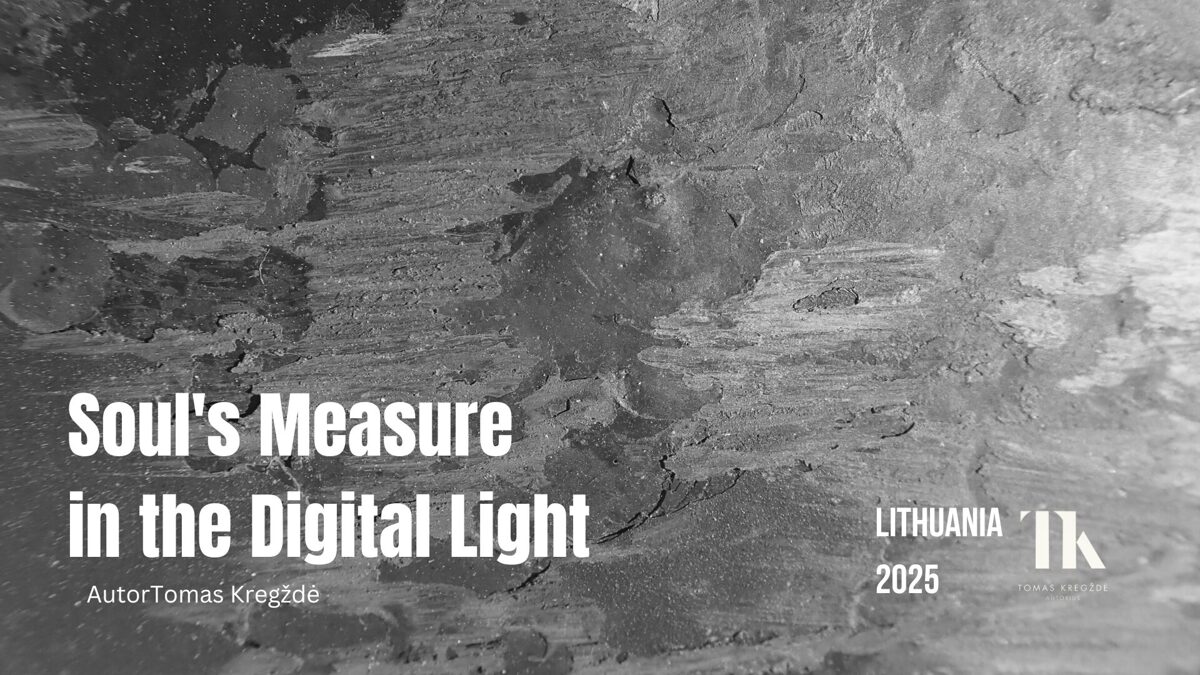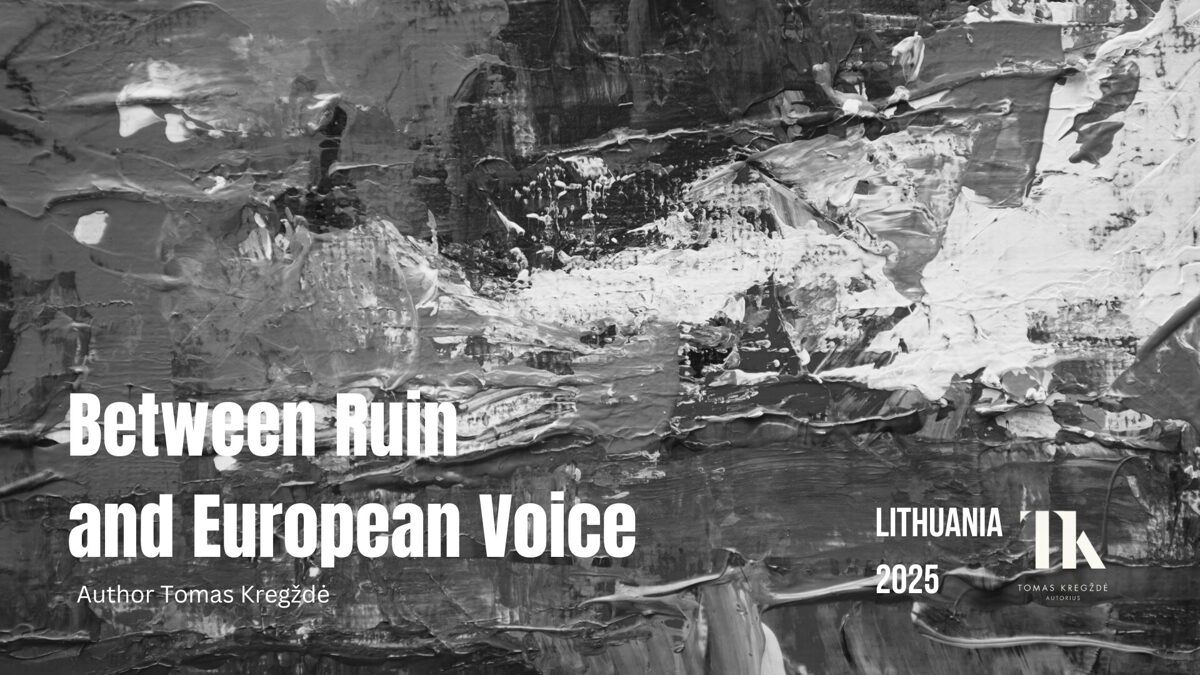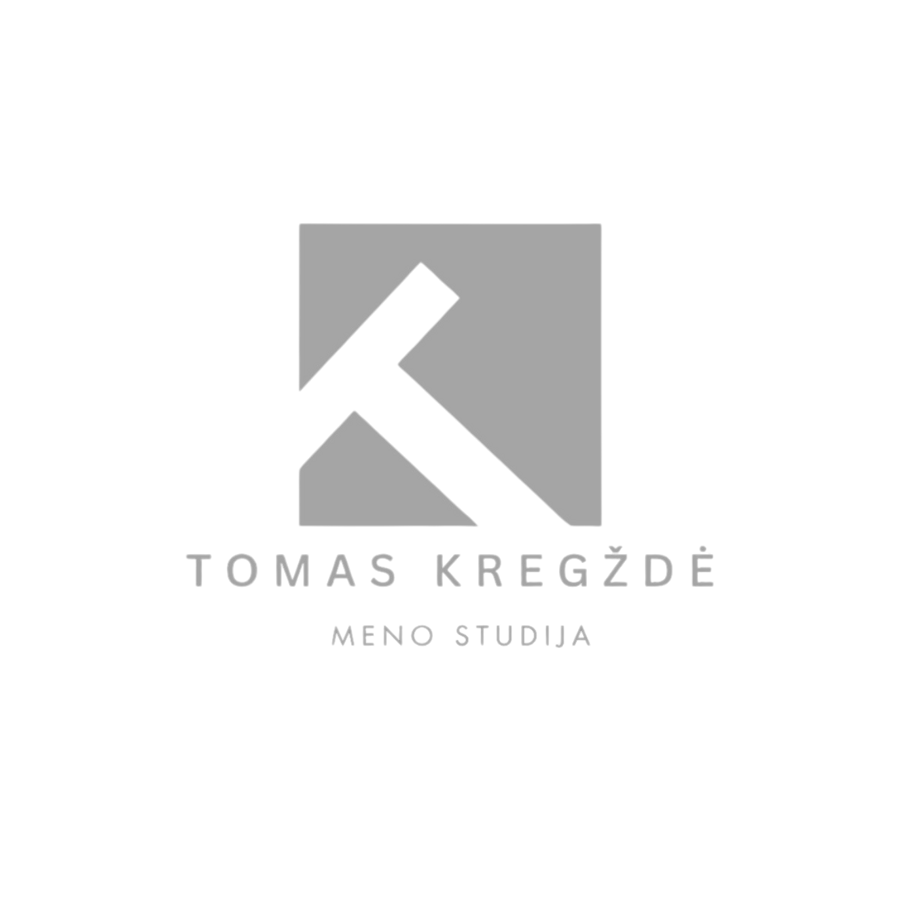Soul's Measure in the Digital Light

The Seismic
Shift in Human Connection
The essence of human engagement with art has undergone a fundamental, almost violent transformation. For centuries, the profound connection we sought—with place, with feeling, with another human's vision—was anchored in physicality. It resided in the solemn quiet of a museum, the tangible texture of a sculptor's clay, or the shared breath of an audience in a theatre. Now, that connection is fractured, atomized, scattered across a million screens and the massless, ethereal expanse of the digital world. This shift is exhilarating in its scope but deeply unsettling in its implications. It forces us to ask agonizing questions: How does an artist maintain the integrity of their voice when the global market moves faster than a human heartbeat?
Between Ruin and European Voice

The Ground That Remembers
The terrain beneath the feet in Lithuania, Latvia, and Estonia—and throughout much of Central and Eastern Europe—is not neutral; it is a complex mosaic overlaid by decades of ideological warfare. For nearly fifty years, the public face of these nations was an imperial forgery, a meticulously constructed narrative imposed by the Russian and Soviet regimes. This was far more than political occupation; it was cultural colonization, a systematic attempt to erase authentic national identity, suppress language, rewrite history, and substitute local aesthetic values with the monolithic doctrine of Socialist Realism.
